The Confectionery Market is characterized by a dynamic competitive landscape, driven by evolving consumer preferences and a growing demand for innovative products. Key players such as Mars, Inc. (US), Mondelez International, Inc. (US), and Nestle S.A. (CH) are strategically positioned to leverage their extensive portfolios and global reach. Mars, Inc. (US) focuses on product diversification and sustainability initiatives, while Mondelez International, Inc. (US) emphasizes digital transformation and e-commerce strategies. Nestle S.A. (CH) is increasingly investing in health-conscious offerings, reflecting a broader trend towards wellness in the confectionery sector. Collectively, these strategies not only enhance their market presence but also intensify competition, as companies vie for consumer loyalty in a rapidly changing environment.
In terms of business tactics, companies are increasingly localizing manufacturing to reduce costs and improve supply chain efficiency. This approach is particularly relevant in a moderately fragmented market where regional players also exert influence. The competitive structure is shaped by the collective actions of these key players, who are optimizing their supply chains and enhancing operational efficiencies to respond to market demands more effectively.
In August 2025, Mars, Inc. (US) announced a partnership with a leading tech firm to develop AI-driven solutions for optimizing its supply chain. This strategic move is expected to enhance operational efficiency and reduce costs, positioning Mars to better respond to fluctuations in consumer demand. The integration of AI technology signifies a shift towards more data-driven decision-making processes, which could provide a competitive edge in the fast-paced confectionery market.
In September 2025, Mondelez International, Inc. (US) launched a new line of plant-based snacks, catering to the growing consumer demand for healthier and sustainable options. This initiative not only aligns with current health trends but also reflects Mondelez's commitment to sustainability. By diversifying its product offerings, Mondelez aims to capture a larger share of the health-conscious consumer segment, thereby strengthening its market position.
In October 2025, Nestle S.A. (CH) unveiled a new sustainability initiative aimed at reducing plastic waste in its packaging. This initiative is part of Nestle's broader strategy to enhance its environmental footprint and appeal to eco-conscious consumers. By prioritizing sustainability, Nestle is likely to differentiate itself in a crowded market, potentially attracting consumers who prioritize environmental responsibility in their purchasing decisions.
As of October 2025, the confectionery market is witnessing significant trends such as digitalization, sustainability, and the integration of advanced technologies like AI. Strategic alliances are becoming increasingly important, as companies collaborate to enhance their capabilities and market reach. Looking ahead, competitive differentiation is expected to evolve, with a notable shift from price-based competition towards innovation, technology integration, and supply chain reliability. This transition underscores the necessity for companies to adapt and innovate continuously to maintain their competitive edge in a rapidly changing market.


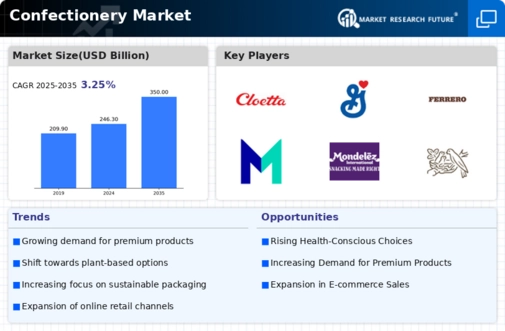
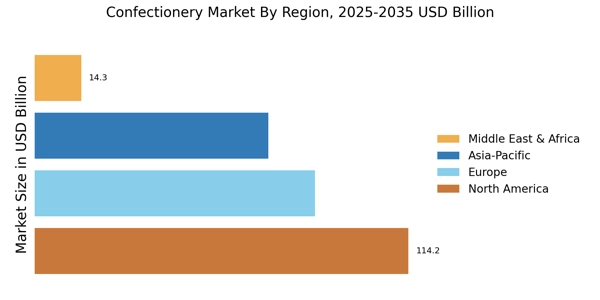

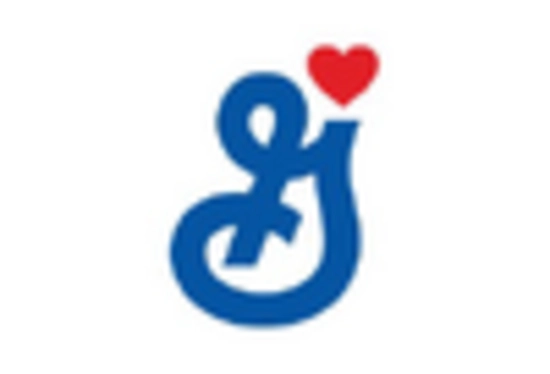

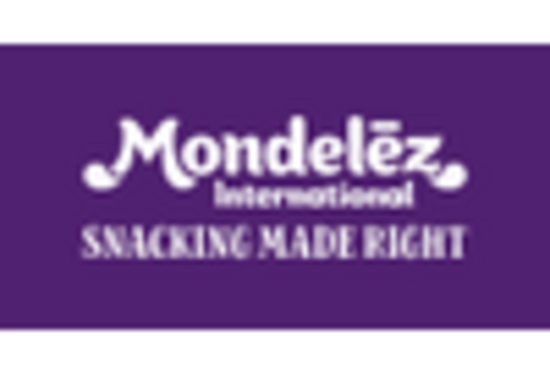
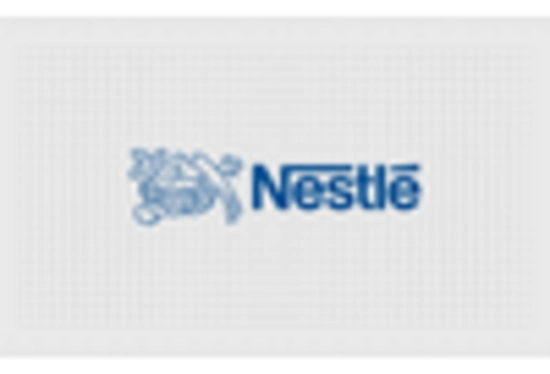









Leave a Comment